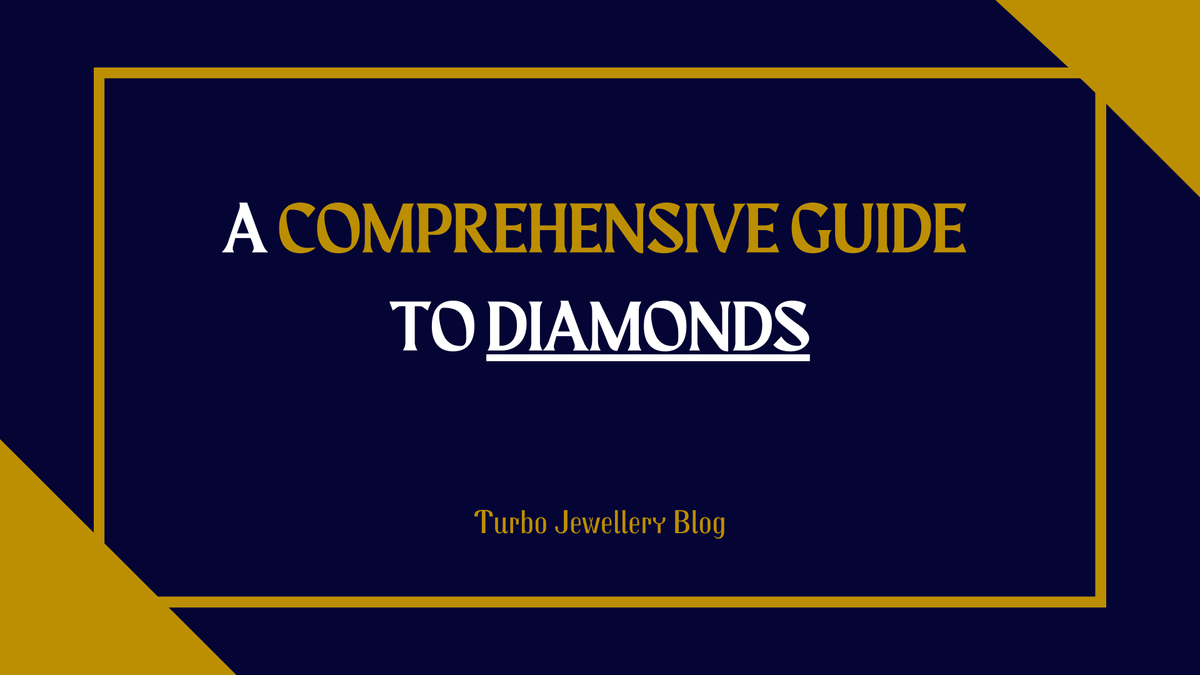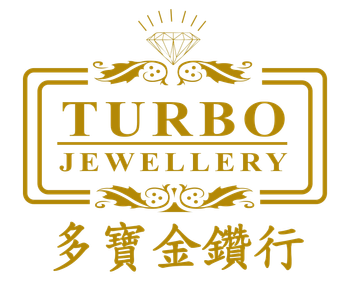
Diamonds have been captivating us for centuries, symbolising love, wealth and timelessness. The world’s diamonds are a big part of the global diamond trade, with Antwerp and New York City being the hubs for rough and polished diamonds.
Whether you’re a jewellery lover looking to learn more or a gemstone collector wanting to upgrade your collection, knowing diamonds is key. This guide will take you on a journey through the world of diamonds, explaining their unique properties, how to spot high quality stones and the pieces that show off
1.0 Diamonds
Diamonds are more than just pretty gemstones. They are natural wonders formed under extreme pressure and heat over billions of years. They are found in many parts of the world, with notable sources being South Africa, Russia and Canada. The magic of diamonds is not just in their brilliance but in their rarity and durability.
Recent studies show that diamond production has been steady, with annual output around 142 million carats (source). This steady supply means diamonds are available but their natural rarity keeps their value high.
The market dynamics between rough and polished diamonds also plays a big part, as polished diamonds which have gone through cutting and finishing are highly sought after
Diamonds are made up of carbon atoms arranged in a crystal lattice structure which gives them their hardness. This hardness rated 10 on the Mohs scale makes diamonds scratch resistant and suitable for everyday wear making them more desirable in jewellery making.
1. Definition and Composition of Diamonds
Diamonds are a natural wonder, made up of carbon atoms arranged in a crystal structure called diamond cubic. This unique arrangement is what gives diamonds their hardness and brilliance. Unlike other forms of carbon like graphite, the carbon atoms in diamonds are bonded together in a strong and rigid framework.
This structure is what gives diamonds their physical and optical properties that makes them so valuable. Whether you’re browsing a diamond shop in Malaysia or looking at a diamond ring in Malaysia, knowing what is diamond at its core will make you appreciate these beautif
2. Physical and Optical Properties
Diamonds have many physical and optical properties that makes them unique from other gemstones. With a high density of 3150 to 3530 kg/m3, diamonds are very compact. Their high refractive index is what gives them their brilliance and fire, they can reflect and refract light in many ways.
Diamonds are also very transparent, with optical dispersion that separates visible light into its colours, creating a rainbow of colours. They are also high in thermal conductivity, feeling cool to the touch and high in electrical resistance which has applications beyond jewellery.
These properties makes diamond jewellery more alluring whether it’s a necklace, earrings or a gif
2.0 The 4Cs of Diamonds: Cut, Clarity, Color, Carat Weight
Knowing the 4Cs—cut, clarity, color, carat weight—is important for anyone who wants to get into diamonds. These factors determines the quality and value of a diamond and guide buyers and sellers in making informed decisions.
1. Cut
The cut of a diamond affects its brilliance and overall look. It refers to how well the facets of a diamond interacts with light. A well cut diamond reflects light inside and out and sparkles. A poorly cut diamond may look dull even with good
To evaluate a diamond’s cut, gemologists looks into its proportions, symmetry and polish. The Gemological Institute of America (GIA) grades cut from Excellent to Poor, Excellent cut shows the most brilliance.
2. Clarity: Internally Flawless
Clarity measures the presence of internal or external imperfections, known as inclusions and blemishes respectively. These imperfections can affect a diamond’s appearance and value.
The GIA clarity scale ranges from Flawless (no inclusions or blemishes visible under 10x magnification) to Included (inclusions and/or blemishes visible to the naked eye), Internally Flawless means no inclusions visible under it.
While flawless diamonds are rare and expensive, most diamonds has some inclusions or blemishes. The key is to find a balance between clarity and other factors like cut and color to suit your budget and preference.
3. Color
Diamond color grading measures the absence of color in white diamonds. The GIA color scale ranges from D (colorless) to Z (light yellow or brown). Colorless diamonds are the most popular as they allows the most light to pass through and enhances the s
But some diamonds has unique colors, known as fancy colors like blue, pink and yellow. These diamonds are graded differently and can be more valuable than colorless ones because of its rarity.
4. Carat Weight
Carat weight measures the size of a diamond. One carat is equal to 200 milligrams. While carat weight is often associated with the size of a diamond, it doesn’t always means quality. Two diamonds of the same carat weight can have big difference in value because of its cut,
Knowing the carat weight helps buyers make informed decision based on their preference and budget. It’s important to consider all 4Cs together to choose a diamond that fits your criteria.
3.0 Different Diamond Shapes and Cuts
Diamonds comes in various shapes and cuts, each has its own charm and appeal. Different shapes can enhance a diamond’s brilliance and suits different jewelry styles. Here are some popular diamond shapes and cuts:
1. Round Brilliant
The round brilliant cut is the most popular and well known diamond shape. Known for its exceptional brilliance and fire, this cut has 58 facets that maximizes light reflection. Its timeless appeal makes it a favorite for engagement rings
2. Princess Cut
The princess cut has a square or rectangular shape and brilliant faceting. It has a modern, geometric look while still has excellent sparkle. Princess cut diamonds are versatile and suits various jewelry designs, solitaire rings and earrings.
3. Emerald Cut
The emerald cut has an elegant, elongated shape and step-cut facets. This cut emphasizes clarity and shows the inner beauty of the diamond. It has a sophisticated, vintage look, perfect for those who like und
4. Oval Cut
The oval cut combines the brilliance of a round diamond with an elongated shape and flattering look. Its elongated shape can make the wearer’s fingers look longer and thinner. Oval cut diamonds are trendy for engagement rings and statement jewelry.
5. Cushion Cut
The cushion cut, also known as the pillow cut, has rounded corners and larger facets that enhances its brilliance. This cut is a balance between vintage and modern look, perfect for vario
6. Marquise Cut
The marquise cut has an elongated shape with pointed ends. This cut maximizes carat weight, makes the diamond looks bigger. Marquise cut diamonds is perfect for those who wants a bold and dramatic look.
4.0 Geology of Diamonds
The journey of a diamond from deep within the Earth to a beautiful piece of jewelry is a fascinating geological story. Diamonds are formed under extreme pressure and temperature in the Earth’s mantle. They are brought to the surface by volcanic eruptions, encased in igneous rocks called kimberlites and lamproites.
Over time, these rocks can erode and the diamonds inside them are carried by water to form alluvial deposits. This natural process is why diamonds are found in specific regions around the world, including the world’s diamond hotspots like South Africa, Russia and Canada. Knowing the geology of diamonds adds more appreciation to these rare and be
1. Formation and Origin
Diamonds are formed through a process called high-pressure high-temperature (HPHT) synthesis, which involves compressing carbon-containing minerals under extreme conditions. This can be done naturally, deep within the Earth’s mantle or artificially, in industrial setting.
The origin of a diamond can be determined through various scientific methods such as spectroscopy and microscopy which shows the unique characteristic of natural diamonds.
Whether you’re in a diamond shop in Malaysia or considering a diamond ring in Malaysia, knowing the formation and origin of diamonds adds more to your understanding of these
5.0 Diamond Jewellery Pieces
Diamonds are the epitome of luxury and elegance, adorns various jewelry pieces that has sentimental and aesthetic value. Here are some popular diamond jewellery pieces that still capture hearts:
1. Engagement Rings
Engagement rings are the most iconic diamond jewellery pieces. A diamond engagement ring means love and commitment. Popular settings are solitaire, halo and three-stone, each shows a different way to showcase the brilliance of the diamond.
2. Diamond Stud Earring
Diamond stud earrings is a timeless and versatile addition to any jewellery collection. They can be worn daily or for special occasions, adds a touch of elegance to any outfit. The classic round brilliant and princess cut is the favored choice for stud earrings.
3. Diamond Necklaces
Diamond necklaces such as solitaire pendants and tennis necklaces are elegant and beautiful. Giving a diamond necklace to someone special is a meaningful way to show care and love. They can be worn as statement pieces or layered with other necklaces for a trendy and personalized look. Diamond necklaces is perfect for miles
4. Diamond Bracelets
Diamond bracelets including tennis bracelets and bangles are glamorous and sophisticated. These bracelets has a continuous line of diamonds, looks stunning and eye-catching. They are perfect to add sparkle to formal attire or to elevate everyday outfit.
6.0 How to Identify High-Quality Diamonds
Identifying high-quality diamonds requires knowledge and attention to detail. Here are some key to consider when evaluating diamonds:
1. Certification
When buying a diamond always look for certification from reputable gemological laboratories such as GIA, AGS or IGI. Certification gives an unbiased assessment of the diamond and transparency
2. Visual
Visual inspection is important in evaluating a diamond. Inspect the diamond under different lighting to see its brilliance, fire and scintillation. Look for any visible inclusions or blemishes that can affect the diamond’s appearance.
3. Proportions and Symmetry
Proportions and symmetry of a diamond also affect its performance. Well-proportioned diamond with excellent symmetry reflects light optimally, maximum brilliance. Look for diamond with ideal or excellent cut grade to have sup
4. Fluorescence
Fluorescence is a diamond’s reaction to ultraviolet (UV) light. Some diamonds exhibit fluorescence, they glow softly under UV light. Fluorescence can affect the appearance of the diamond but it’s a matter of personal preference. Evaluate the fluorescence grade and its impact to the diamond’s visual performance before you decide.
5. Trusted Retailers
Buy from reputable and trusted retailers with a good track record of providing high quality gemstones. Read customer reviews and ask for recommendations to ensure a smooth buying experience. Reputable retailers often have return policy and warranty, so you have peace of mind w
7.0 Summary
Knowledge is power for jewelry enthusiasts and gemstone collectors. By knowing the 4Cs, trying out different diamond shapes and cuts and identifying high quality stones you can make smart decision to your jewelry collection.
Diamonds is not just gemstones; it’s timeless treasures that means eternal beauty and sophistication. Whether you’re looking for the perfect engagement ring, a sparkling earrings or a statement necklace, diamonds is the ultimate
Ready to try more? Book an appointment with Turbo Jewellery diamond specialists. We’ll help you choose the best diamond that fits you




